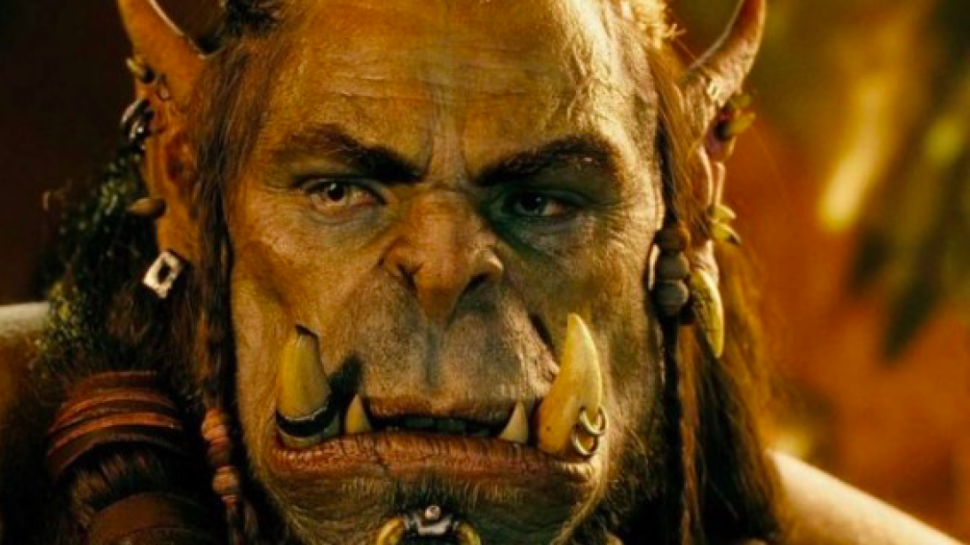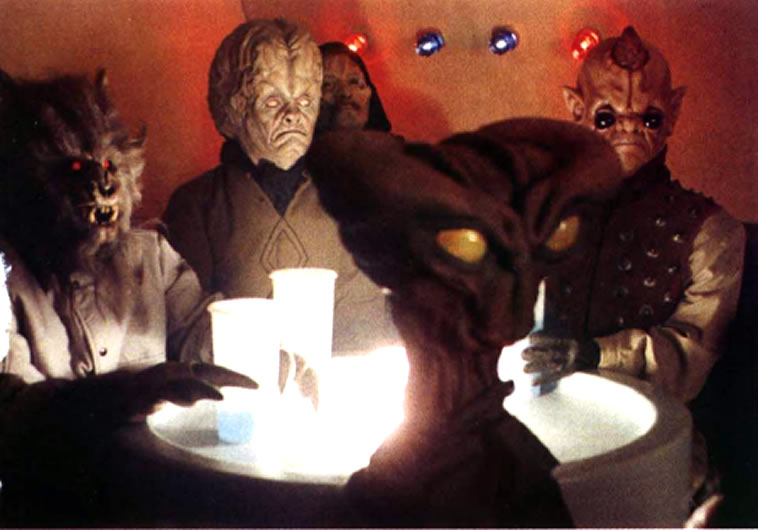Posted by Clark Kent Without Glasses in Criticism, Geek stuff, Movies, Opinion, Uncategorized | 1 Comment
There is no such thing as “too much CGI”

True to this blog’s mission, I hope this post will help to provide an alternative to a very pervasive and rather oppressively ubiquitous opinion. I haven’t paid any attention to industry critics in many years, but I have watched a bit of popular movie commentators on YouTube such as the Nostalgia Critic, Jeremy Jahns and The Critical Drinker. While I think they do have some interesting and good takes on certain topics, one popular view shared by such critics is that in recent times, blockbuster movies have become spoiled, even ruined, by an over-reliance on CGI.
While I would agree that there have been big issues with blockbusters in the past decade or so, I think CGI has absolutely nothing to do with it, and frankly, I’m completely fed up with the way people have been whining about this particular form of special effects use.
My stance is that there is absolutely nothing wrong with CGI and it’s completely impossible to use it too much.
Want me to prove my point? One word: Pixar.
There. Case closed.
Okay, I’ll provide some more detail.
Computer-generated imagery is absolutely everywhere these days, and yes, some of the most beloved movies of the past 20 years have been 100% CGI. No one complains about too much digital stuff in Wall-E or Inside Out. Now, you might argue “that’s animation, that’s different”, but is it really? Pixar, DreamWorks and the like use computer animation for one purpose: to tell stories. Peter Jackson, George Lucas and James Cameron do the same thing, but they simply try to make the digital material look so real that it blends in seemlessly with live-action elements. In the past, these same men relied upon models, puppets and prosthetics to achieve the same end: making an audience believe in a fantastic reality.
But because directors such as these used to employ different technologies in the past, apparently that’s all they were ever allowed to do.
Honestly, I don’t get it. I’ve said this before, I’m really traditional-minded, but when it comes to movie technology, I often feel incredibly frustrated by the obstinately backwards views of my fellow fans. Many of them seem to hate any kind of genuine innovation and progress to the medium, such as 3D and HFR (high framerate), calling them dumb gimmicks or distractions. I honestly don’t understand this. The first time I saw Avatar in 3D I was blown away by how immersive it was, but I had a bit of an issue with stuttering and artefacts in the picture quality. The Hobbit fixed this with its high framerate. For the first time, it felt like I was inside the movie. Watching it was an amazing experience. And what do people do when a filmmaker dares to embark on the complex and ambitious challenge of creating a new kind of cinematic experience? The same thing they always do. The thing they’re best at. Complain. And then they dismiss it.
Meanwhile, people are buying expensive new TVs, 4K players and 4K discs to watch movies in such a marginally higher resolution that you’d have to sit with your eyes glued to the screen to even notice it. But that’s apparently worth it.
Ugh.
Okay, back to CGI.

I get the argument that there’s a certain charm to practical effects and how they feel more tangible and present. And I’ll grant that. But let’s take Orcs for example. A lot of these internet critics will say that the Orcs in The Lord of the Rings trilogy look so much better than the ones in The Hobbit, and I think that’s not true. The Orcs in The Lord of the Rings are CLEARLY guys in masks and prosthetics. They’re really well-made, but they still feel like dressed-up guys, and you have to be willing to suspend your disbelief to look beyond that. The Orcs in The Hobbit are clearly CGI and yes, you have to suspend your disbelief to ignore that knowledge as well, but at the same time, they’re able to look like creatures with very inhuman proportions and move in ways humans couldn’t. And that feels more otherworldly, more fantastic and Orc-like as well. In both cases, there’s a bit of give and take. There is no perfect solution yet. But commentators like the Critical Drinker will completely ignore any and all advantages to CGI and give all the benefit to practical effects and I think that’s just not fair and quite simply, it’s wrong.
Another guy I tend to respect in other ways said that the CGI in Jurassic Park holds up really well today because it was a “garnish” instead of the main solution to bringing the dinosaurs to life. Much as I like this guy, I think that was nonsense. And I think Steven Spielberg would laugh at the idea of the CGI in Jurassic Park being referred to as a garnish, as if they made the entire movie with practical effects and then said “now let’s add a bit of CGI here and there for the seasoning”. I doubt this man has actually seen the making of Jurassic Park.
Being the first movie ever to feature photorealistic creatures animated in CGI, the reason why Jurassic Park still holds up is because the animators worked really, really hard on it. The reason why a lot of movies today have CGI that doesn’t look as good is not because there is too much of it, but because special effects crews don’t get the respect they deserve and don’t get the time they need to make it look as awesome as it could possibly be.

Now, again — I’m actually a really old-fashioned guy. I like to use a dumb phone, I prefer to collect physical media over streaming and I like tabletop games precisely because you don’t need any technology at the table. I understand the beauty of doing things the old-fashioned way. It’s just that I can’t stand it when people bash something that’s actually good. Or when they all just parrot the same opinion to sound smart, without knowing what they’re talking about.
There is absolutely still a place for old-fashioned practical effects and traditional animation in today’s world. I love Tim Burton’s stop-motion work. I adore The Dark Crystal, and while I disliked the Netflix show, I admired the way it was made visually. I just don’t think there is any reason to praise this kind of work and spit on its digital equivalent. A rubber puppet isn’t more of an alien monster than a highly detailed 3D model is. They’re both tricks, designed to make the audience believe they’re actually looking at an alien monster. In both cases, the audience has to be willing to go along with the illusion. And the impression I get is that some people just don’t want to accept the illusion offered by CGI for whatever reason. I think it has something to do with nostalgia, but also with the misconception that CGI is cheap and easy whereas practical effects require work and talent. This is simply not true. Both of these approaches require a lot of work and talent to do well. They both deserve respect.
On top of that, there is this bizarre notion out there that somehow CGI is detrimental to storytelling. How is that, exactly? What about CGI keeps a director or screenwriter from telling the story they want? If anything, digital technology allows filmmakers to tell any story they want without limits. “But limits can be good for creativity”. I agree. So again, I think it’s very cool when some director comes out and makes a spectacular movie and can boast that no CGI was used to make it. But that’s no reason to call another, more CGI-driven movie bad. It’s just a different style or approach. Comic books aren’t bad because audio dramas exist. Or vice versa. Both have their own strengths and weaknesses and allow for different kinds of storytelling. That’s fine with me.
What bothers me is that a lot of the CGI backlash has started to incentivize directors to go for practical effects that look really horrendous in this day and age, simply out of nostalgia. The best examples are some of the Disney Star Wars productions. The most egregious example to me was a recent episode of the TV show Obi-Wan Kenobi.

As I was watching this mole-type character called Freck, I got angry and thought: “thanks a lot, CGI haters. This is what you got us now.”
I mean, this is the epitome of “guy in a rubber mask”. His skin looks too smooth and flabby, there is a terrible lack of detail and when he talks, it’s downright embarrassing. There is no expression in the eyes whatsoever and the mouth barely even moves. It was the worst realisation of a creature I’ve seen in a big budget production in years. And yet, as far as I know, no one complained or said anything negative about it. Why? Because it wasn’t CGI. And apparently, only CGI can be bad.

Cheers!